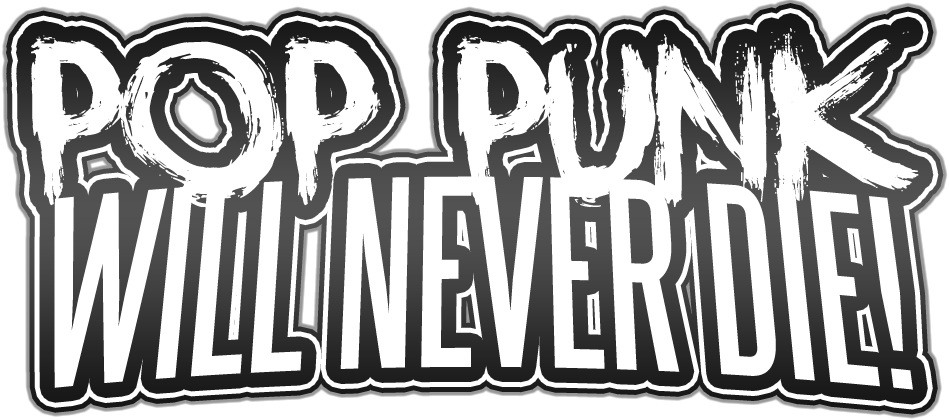Title: Death Line
Year of Release: 1972
Director: Gary Sherman
Length: 87 mins
Starring: Donald Pleasence, Norman Rossington, David Ladd, Sharon Gurney, Hugh Armstrong, Christopher Lee, Clive Swift
As this series of deep dives into the land of movies past has progressed, I’ve actually discovered a lot about myself. One thing I’ve found, as you might have gathered from previous entries like Severance, Witchfinder General, Dr Terror’s House of Horrors, The Descent, and 28 Days Later, is that I have developed a deep appreciation for British horror. I guess it’s not that remarkable. Being a Brit myself, it just feels more relevant and relatable. And the accents are funny. Death Line, lauded by Time Out as “One of the great British horror films,” and a classic example of what Hellraiser director Clive Barker calls ’embracing the monstrous’ is an undisputed classic of the genre. The stiff upper lip, ‘keep calm and carry on’ ethos is exemplified in an early scene where Inspector Calhoun (Pleasence) yells, “We’d better do something. Quick. And the first fing we’re going to do is get some tea!”
It might sound stereotypical, cliched, cheesy or even borderline offensive to some (in the current climate, virtually everything is offensive to some), but the thing is, that’s probably exactly what the majority of British coppers say at the beginning of murder investigations. Or at least they did in the early seventies. These days they probably prefer a glass of sparkling spring water.
Released in the US under the alternative title Raw Meat in a slightly edited form (in order to avoid a potentially-damaging X rating) Death Line was actually a joint US/British enterprise. It was directed by American Gary Sherman (Dead & Buried, Poltergeist III and the TV series Poltergeist: The Legacy) but as it has a predominantly British cast and is set in London, we are claiming it.
Much of the action takes place in and around Russell Square tube station in Camden, a Grade II listed building, but most of the underground sequences were actually filmed at Aldwych which was closed in 1994. There’s something iconic about the London Underground, like the Paris Catacombs or the ampitheatre in Athens. It’s broody, dark, and somehow menacing, something which has been put to good use in several movies, most notably in the black comedy Three and Out (2008) and that famous sequence in American Werewolf in London (1981). It also comes complete with a rather bloody and chequered history, something which is more than hinted at here, making it the perfect setting for a horror film.
The plot follows a couple of journalism students, Patricia (Gurney) and Alex (Ladd) who almost literally stumble across a man lying in a stairwell. Dismissing him as a drunk, they do the proper thing and report their finding to the police. Cue the aforementioned Inspector Calhoun, who discovers the drunk, revealed as a wealthy Conservative minister (no change there, then), has since disappeared. A colleague then tells Calhoun about an urban legend telling of a group of descendants from an 1892 cave-in who still live below-ground surviving on the flesh of commuters.
Cor blimey!
Unperturbed, the amiable Patricia and Alex continue to frequent the Underground and become separated one night, which leads to Patricia getting up close and personal with the chief cannibal (Armstrong) who is now on a murderous rampage having just seen his pregnant lover die. A brutal climactic showdown sees said chief cannibal, credited simply as ‘The Man’ incapacitated and left for dead, but we all know how that usually plays out. As movie villains go, The Man is a complex character who elicits both compassion and repulsion. When he abducts Patricia he is torn between eating her and caring for her, and despite his grisly antics the viewer can’t help feel a twinge of sympathy. Not least because he’s been lumbered with perhaps the weakest and least-threatening catch phrase in horror movie history. He does inject some impressive vigour into it, though.
Death Line was well received by both audiences and critics, with Robin Wood of The Village Voice writing that it, “Vies with Night of the Living Dead (1968) for the most horrible horror film ever. It is, I think, decidedly the better film: more powerfully structured, more complex, and more humanly involved. Its horrors are not gratuitous; it is an essential part of its achievement to create, in the underground world, the most terrible conditions in which human life can continue to exist and remain recognizably human. [It] is strong without being schematic; one can’t talk of allegory in the strict sense, but the action consistently carries resonances beyond its literal meaning.”
Interestingly, a 2017 article in Little White Lies claims that Death Line offers an, “Oddly prescient message about social inequality in London. From the very first scene, a member of the establishment (James Manfred, the wealthy conservative minister) is framed as corrupt, with Manfred’s perversion and hunt for flesh effective exposition to the cannibal horror that follows.” True, the only people the Man slaughters probably had it coming, which would make him a hero in most movies. The article goes on to use the film as a metaphor for the then-recent Grenfell fire, noting that, “The film’s soundtrack consistently features the haunting sounds of screams and digging; echoes of an industrial revolution that has benefitted one side of society more than the other.”
Quite.
Trivia Corner
The part of the cannibal was originally offered to Marlon Brando, but he had to pull out when his son Christian contracted pneumonia.









